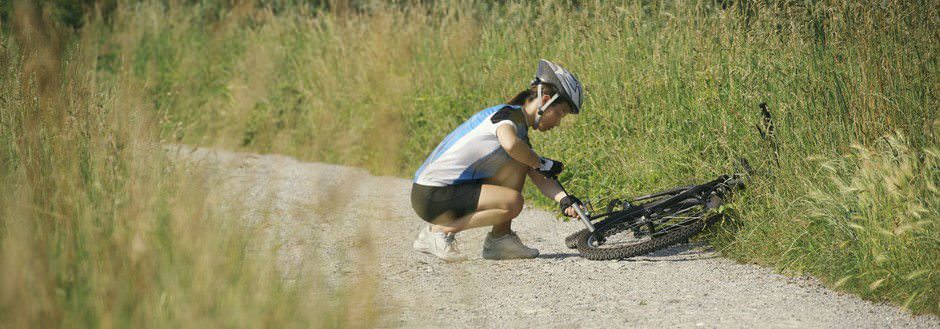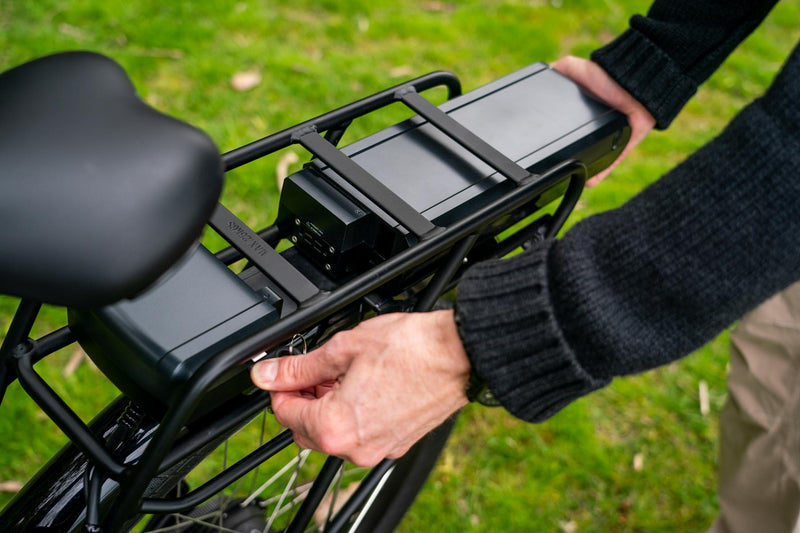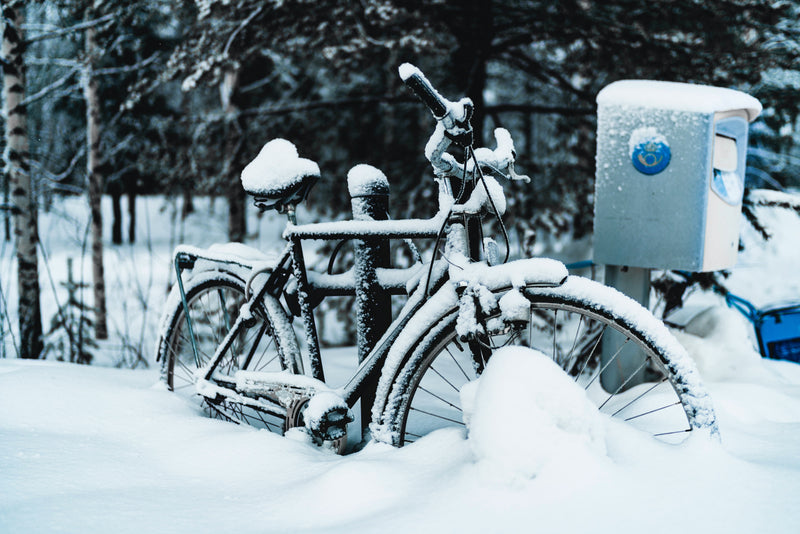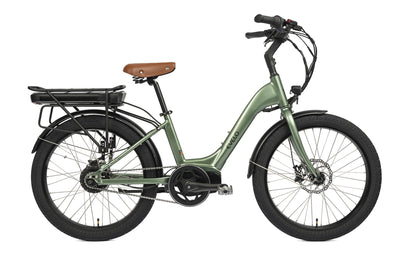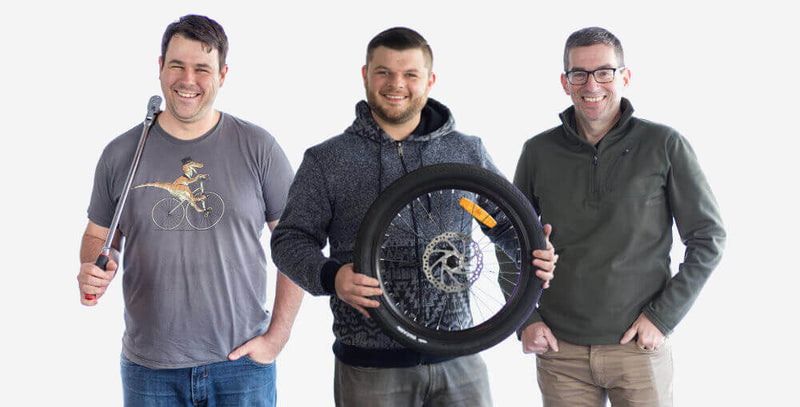Any bike that gets ridden seriously as transportation or on long rides needs at least a basic tool/emergency kit, and the knowledge to use it unless the rider is always in a position to call a friend with a car or a cab when their bike needs a quick fix on the road. If you never travel more than a few miles, this can be overkill, and calling a friend or an Uber may be just the ticket, but if you want to be more self-reliant, this is something you should seriously consider. This list may sound like an awful lot of stuff to carry, but really, it only weighs a few lbs and fits in a small, under-seat bag that comes off quickly so I don’t have to leave it with the bike if theft is a concern. If you always carry a regular rack top bag, you can also just put all this in a small nylon bag and throw it in there, but I prefer an under-seat bag.
We’ve already discussed the Topeak Alien 2 multi-tool, but what else should you carry?
HERE’S WHAT I HAVE IN MY TOOLKIT:
Multi-tool: Again, I use the Alien, but there are lots of good options if you prefer something else.
Mini Pump: This actually goes on the frame of your bike, as it’s a bit too big for most under-seat bags. Coming soon, we’ll have a review from Bill of his very favorite one, but a good pump is a lifesaver. Some people instead carry a CO2 inflator, which is faster and easier to use but does require disposable cartridges, and each time you have a flat, you’ll need at least 2 of those cartridges. There are combined pump/inflator tools that we’ll also talk about soon.
Patch kit: Patch kits are easy to use, light and compact, and if you get more than one flat on a ride (it happens more than you’d expect), it can save you when you’ve already used your spare tube. Plus, on a rear wheel, patching a tube can be faster than replacing it, as you can often do this without removing the wheel at all. Another upcoming post is going to show you how to patch a tube.
Spare tube: Sometimes, a tube is just too damaged to be patched, or has had a failure such as the valve stem breaking off which isn’t something that can be patched. To save weight and space, I usually keep a lightweight version of the right size tube for my bike. Since one of the first things I do with most bikes that I own is switch them over to heavy-duty thorn resistant tubes, I just take one of the originals and put that in the toolkit.
Tire levers: Needed for removing the tire for patching. One of the reasons I like the ALiEN is that it has built-in levers. Dedicated levers aren’t expensive, though, and they’re lightweight, too. Also, they tend to be longer, and therefore have more leverage, so they’re often easier to use if you have limited hand strength.
A wrench that fits the hub nuts: If your bike has quick-release front and rear wheels, you don’t need this, but if you have an internal hub on the back, such as the Enviolo, a wrench that fits is a great idea. 99% of the time, this is a 15mm wrench, but you should check your bike. A 6-inch adjustable wrench can also work, but it will be heavier, and when using an adjustable wrench, you do need to take more care to not round over the nuts. A fixed wrench is the best choice. Some multi-tools have a 15 mm wrench built-in, but again, if you have limited hand strength, something with more leverage is a great idea.
A small length of duct tape: I wrap a 6” length around my wrench, or you can use a pencil as well. This is in case you get a tear in the side of a tire – a “boot” made of duct tape can be the difference between riding home, and walking.
A spare battery fuse or 2: Not for every bike of course, but this is the EVELO blog.
A few zip ties: In case something comes loose, it’s nice to have a few zip ties. I usually carry about a dozen 8” long ones and a half dozen 4” small ones. They weigh almost nothing and a huge number of uses.
A pair of disposable latex gloves: Not absolutely necessary, but good for keeping grease and grime off your hands during a repair. Also, nice to have in an emergency when it starts raining and the temperature drops 20 degrees and you don’t have a pair of regular gloves. Just keeping your hands dry and the wind from directly blowing on them makes a huge difference in comfort.
Pencil and paper: In case I need to make a note of something, for example, a license plate number, or the phone # of the nearest cab company after I get that from directory assistance. I keep this in a small ziplock bag to keep it dry, along with the next item:
Change and a $20 bill: In case your cell phone’s battery dies, it’s nice to still be able to use a payphone if you need to. Also, the $20 is a great thing to have in case you lose your wallet or have some other mishap. I’d rather be able to sit in a coffee shop or fast-food restaurant when it starts raining while I’m waiting for my friend or cab ride, and a hot cup of tea or coffee or the beverage of your choice and a snack makes it all the more pleasant. Just try to remember, this is for emergencies, and if you use it, replace it ASAP!
For the budding mechanic: A good pocket-sized repair guide. One good option is the “Pocket Guide to Emergency Bicycle Repair” by Ron Cordes and Eric Grove. It’s only 3.5×4.5 inches and a half-inch thick. I don’t carry this myself, but for someone who’s new to this whole bike repair business, it’s really helpful to have. A future blog post will cover this book in detail.
Basic first aid supplies: A few bandages of varying sizes. 6 Aspirin, or other OTC painkiller of choice. A few alcohol pads in sealed foil packs, useful for cleaning grease off grease and grit off of the bike, and also cleaning cuts on yourself if you take a spill. 1 day supply of any prescription drugs you need to take regularly. Wrap these up in tinfoil and tuck away. It might just save your day.
A plastic garbage bag, or $2 disposable poncho: Just in case of an unexpected downpour or getting caught out after dark. More than once, I’ve gone for a ride on a beautiful day with a perfect forecast, not taken a jacket, and had the weather go south on me. Being able to cover up can mean the difference between just mild discomfort or freezing cold, shivering ride home!
Keychain style flashlight or headlamp, LED type, not incandescent: The keychain style is tiny and lightweight, the headlamp style is a bit bulkier but easier to use. You can get these for a couple of bucks or less at the local big box hardware store. The LED ones are lighter, more durable, and last considerably longer. Very useful if you need to make a repair after dark! I keep a keychain style one as a backup as I normally have a headlamp in my backpack.
AND A FEW THINGS FOR THE MORE ADVANCED MECHANIC:
Spare brake cable
Spare shifter cable
A short length of the right size chain.
A small tube of liquid lip balm. Usually, these are around 1/3 ounce, and in addition to being nice on chapped lips, it’s an easy way to carry a tiny quantity of lubricant in case my chain starts squeaking or a cable starts sticking. Just be sure to properly clean and lube whatever you used it on when you get home!
This often sounds like an awful lot to carry to many riders and sometimes even I go for a ride without this whole kit. The absolute bare minimum I will ever go for a ride that I wouldn’t want to have to walk home from is a patch kit, tire pump, and multi-tool. Anything over 3 miles and I want the full toolkit.
One final thing to remember: If you’re riding with friends, not everyone has to carry a complete kit. I’d still personally bring my minimalist kit, no matter what.
In future posts, we’ll go into more detail on how to use these tools and recommendations for particular ones.






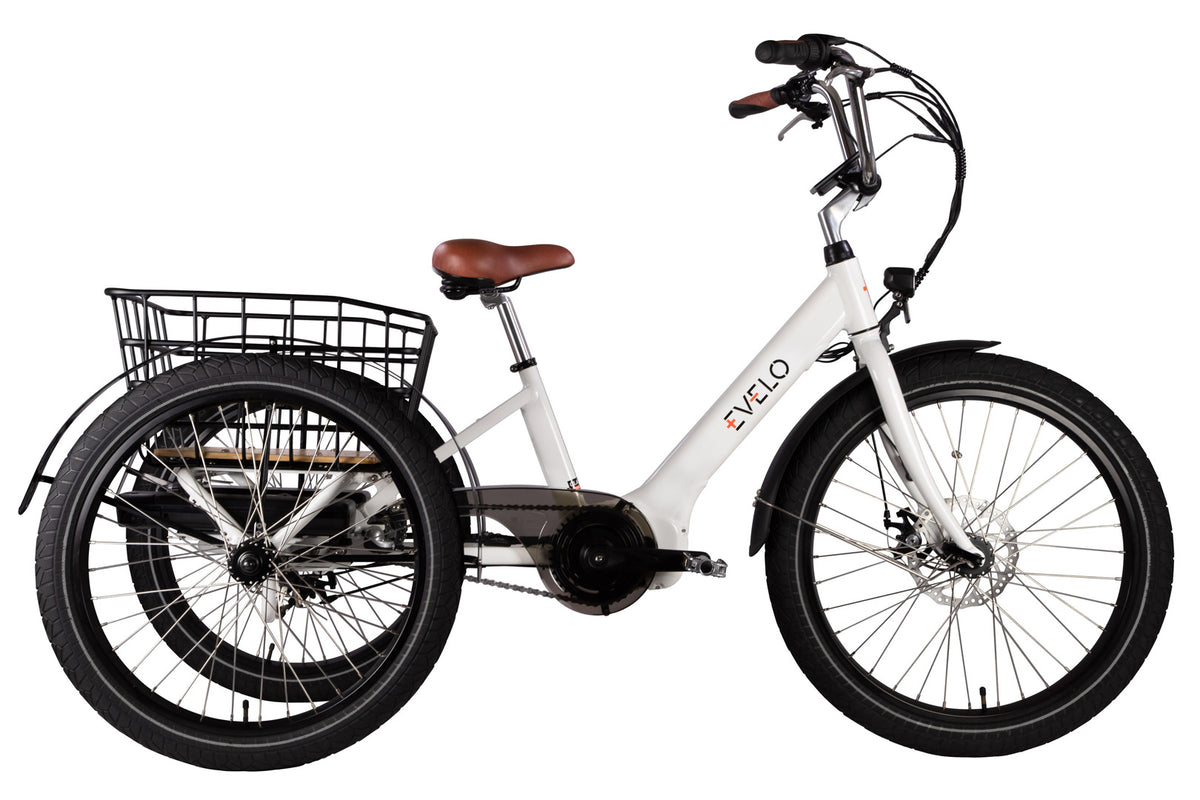
 Easy Assembly
Easy Assembly
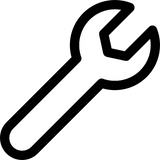 Service and Repairs
Service and Repairs
 Ebike Articles & Content
Ebike Articles & Content
